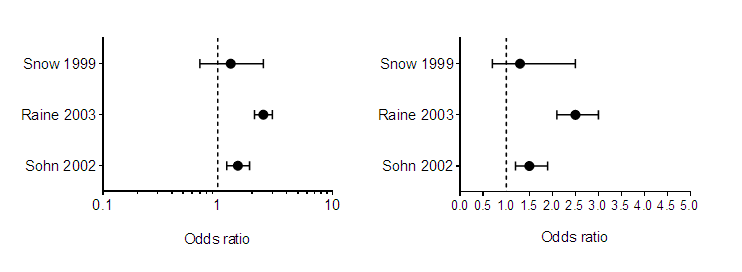

The results will be staggered down the page with only one data set in any particular row.

It does this by creating additional rows.

When you choose a standard function, you can choose to interchange X and Y values and also choose transforms of X or Y or both.

No, it doesn't really make sense, but this was once a common standard. Prism uses an older definition of probit that adds 5 to all results, to avoid use of negative numbers. Rather than entering the value of K, you can hook an analysis or info constant. To enter different K values for each data set, choose a data set, enter K, choose another data set, enter its K, and so on. When transforming Y values, you can enter one value of K for all data sets or a separate value of K for each data set. Many of the functions include the variable “K”. Our findings highlight an unexpected and unifying mechanism by which SRSF2 and U2AF1 mutations drive oncogenesis with potential therapeutic implications for MDS and other SF-mutant neoplasms.Y must be between 0.0 and 1.0. SF-mutant MDS cells have activated ERK signaling and consequently are sensitive to MEK inhibitors. MDS population genetics, functional and biochemical analyses support that GNAS-L is a driver of MDS and encodes a hyperactive long form of the stimulatory G protein alpha subunit, Gαs-L, that activates ERK/MAPK signaling. Integrative analyses of alternative splicing and differential binding converged on a long isoform of GNAS ( GNAS-L), promoted by both mutant factors. To identify common direct targets of missplicing by mutant U2AF1 and SRSF2, we performed RNA sequencing and enhanced version of the cross-linking and immunoprecipitation assay in human hematopoietic stem/progenitor cells derived from isogenic induced pluripotent stem cell (iPSC) models. Mutations in splicing factors (SF) are the predominant class of mutations in myelodysplastic syndrome (MDS), but convergent downstream disease drivers remain elusive.


 0 kommentar(er)
0 kommentar(er)
